Dachshund
The so-called badger dog since it was used during hunts for badgers.

Dachshund is a small dog with a very distinct body shape. Short legs and long torso makes this truly one of a kind among the rest of the dog breeds. Though small dachshunds can be a bit stubborn and will gladly use their intelligence to achieve whatever goal they want to.

Country of origin: |
Germany |

FCI group: |
Group IV, Section 1, Dachshunds; |

Temperament: |
Playful, Smart, Stubborn, Devoted, Active, Courageous |

Colors: |
Black, Black and Beige, Chocolate, Cream |

Weight: |
From 7,5 to 14 kg |

Height: |
Male: 37- 47 cm, Female: 35-45 cm |

Life expectancy: |
from 12 to 16 years |
Dachshund puppies
Dachshunds are intelligent, clever but stubborn. Dachshund puppies do need a consistent trainer. Dachshunds do enjoy their independence, so be patient, especially at the beginning of your training. Dogs of this breed can learn quite quickly and easily adapt to new rules. Remember to socialise your dachshund as soon as possible, so your dog can learn how to act around other animals and people. Dachshunds have a strong hunting instinct, so forming bonds with smaller animals that otherwise would be their prey can be a challenge. In the first year of their lives puppies go through a rapid growth phase, so make sure to provide your dog with healthy diet that will support his development.


Dachshund nutrition
Dachshunds usually have huge appetites, so without portion control, they can put on weight in no time. Choose a well-balanced and complete diet for your puppy that will supply your canine with the right amount of energy and nutrients. Never overfeed your dog and feed your dog on a schedule. Ad libitum feeding is not the best choice for dogs with significant appetites, that can end up snacking all day long. Pay attention to the snacks you give your dog. Choose treats with clean and simple ingredients, preferably natural. While choosing your dog’s food go by the size and age of your canine. The type of diet is also determined by the activity level of your dog.
Optimal Mini | Complete nutrition for active adult dogs of small breeds
Sensitive Ocean Care Mini | Hypoallergenic dry food for small breed dogs with sensitive digestion & skin
Detailed description of Dachshunds
These distinctive dogs with short legs and long torsos are a breed of stubborn and independent dogs. Dachshunds know how to use their intelligence and wit to achieve any goal they want, so they need a consistent owner and proper training.
Genesis
In history, dachshunds have always been the companions of noble and wealthy people. Among famous dachshund owners, we have Napoleon Bonaparte who loved being painted with his canine companions. Dachshunds were typically hunting dogs but as the years went on, they were kept mostly as friends and companions. Wilhelm II of Germany even had a monument built to commemorate his favourite dachshund, Queen Elizabeth II has her own breeding program where she crossbreeds dachshunds with corgis. Many artists kept dachshunds as their companions. Pablo Picasso was gladly photographed with his dachshund and Andy Warhol added images of his canines to many pieces of his work.
Appearance
Dachshunds peculiar body shape definitely distinguishes dogs of this breed from the rest. Dogs of this breed have short legs and an elongated torso. Despite their shorter limbs, they are quite agile and fast. They have triangular heads with big, drooping ears. Fans of this breed are thoroughly charmed by dachshunds deep and smart eyes that many dogs of this breed are known to use to their advantage.


Behaviour
Although Dachshunds are independent dog breed it doesn’t mean that they do not enjoy the company of their owners. Dogs of this breed love to spend time with their human family and they love to be in the centre of attention. Dachshunds are not your typical lapdog, they love to be active and need their daily dose of exercise, otherwise, they can show some destructive behaviours. Physical activity can also help to keep your dog in good shape and maintain optimal body weight. Dachshunds don’t like boredom, so offer them fun activities and toys
Requirements
Due to their exceptionally long torso dachshunds are prone to spinal problems, especially intervertebral disk disease (IVDD). The risk of injury can be increased by obesity, jumping or intense exercise, which all place greater strain on the vertebrae. Maintaining optimal body weight and keeping your dachshund active is vital to your dog’s health. The risk of injury can be increased even more if your dog has to regularly climb flights of stairs. If you live on a higher floor consider carrying your dog up the staircase.
Daily care
Dachshunds do not require a complicated care routine. You just need a rubber glove for brushing that will help you get rid of dead hair. After a bath dry your dog’s ears thoroughly - a damp ear canal is a great environment for the development of bacterias that can lead to infections.
 dr Anna Plummervet and blogger
dr Anna Plummervet and blogger





















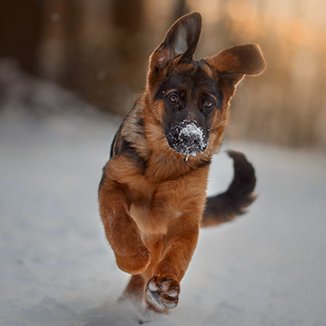 German shepherd
German shepherd Maltese
Maltese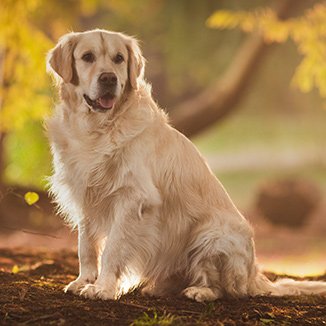 Golden retriever
Golden retriever Beagle
Beagle Rottweiler
Rottweiler Great Dane
Great Dane Poodle
Poodle Siberian husky
Siberian husky French bulldog
French bulldog Pug
Pug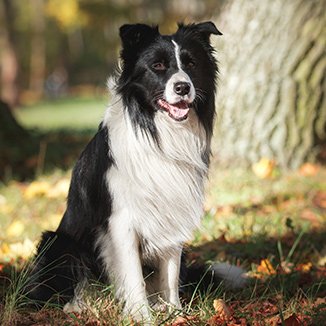 Border collie
Border collie Chihuahua
Chihuahua Pomeranian
Pomeranian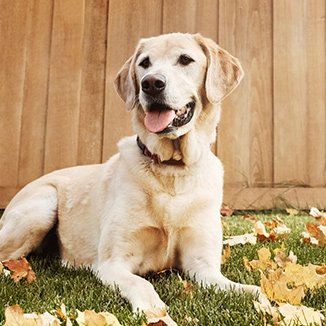 Labrador retriever
Labrador retriever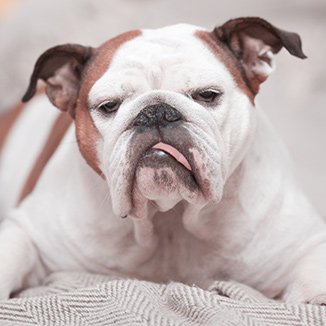 English bulldog
English bulldog Chow chow
Chow chow Samoyed
Samoyed Cane corso
Cane corso Doberman
Doberman Bernese Mountain Dog
Bernese Mountain Dog Cavalier King Charles Spaniel
Cavalier King Charles Spaniel Cocker Spaniel
Cocker Spaniel Dachshund
Dachshund St. Bernard
St. Bernard Maine coon
Maine coon Ragdoll
Ragdoll Persian cat
Persian cat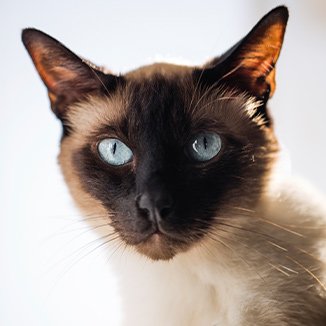 Siamese cat
Siamese cat Cornish rex
Cornish rex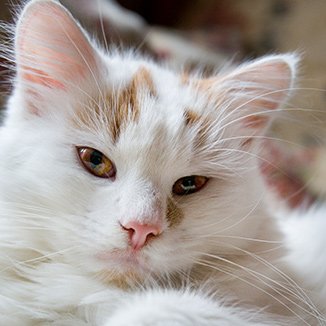 Turkish van
Turkish van Devon rex
Devon rex Scottish fold
Scottish fold Siberian cat
Siberian cat Selkirk rex
Selkirk rex British shorthair
British shorthair Bengal cat
Bengal cat1.jpg)



.png)





